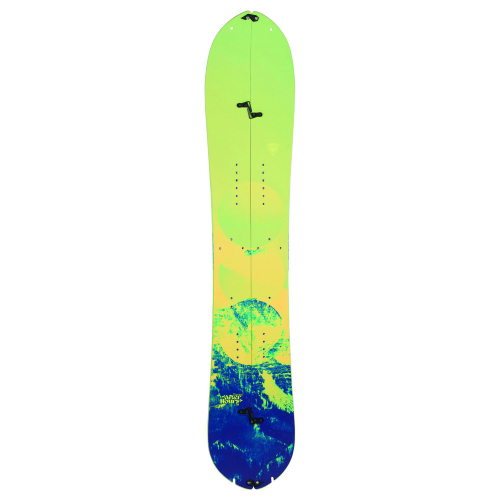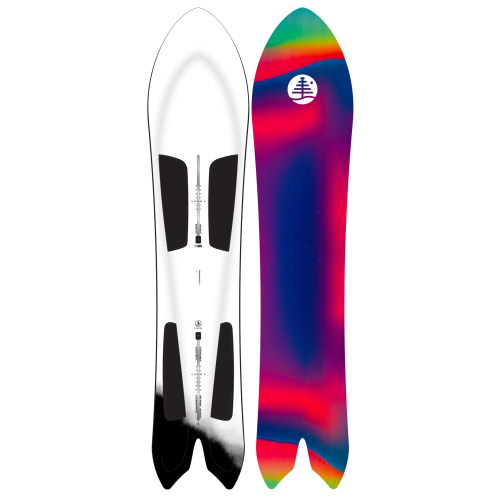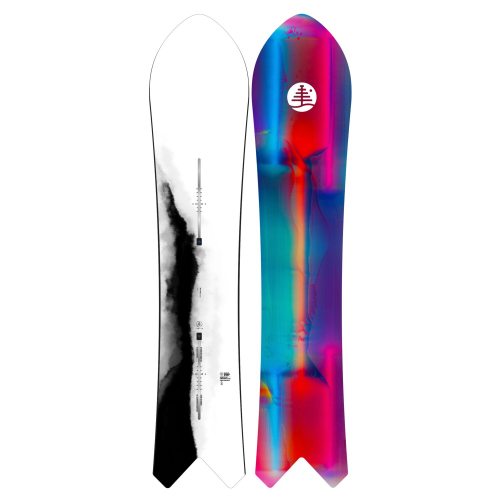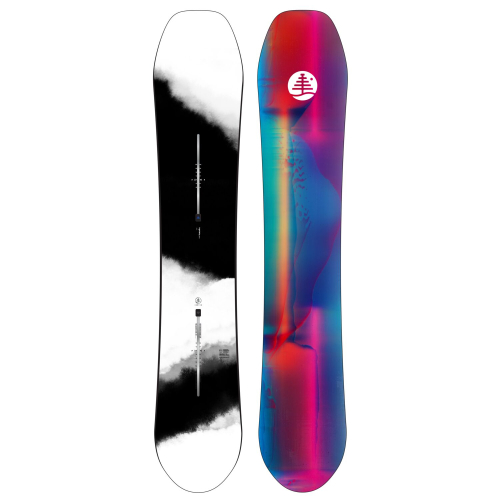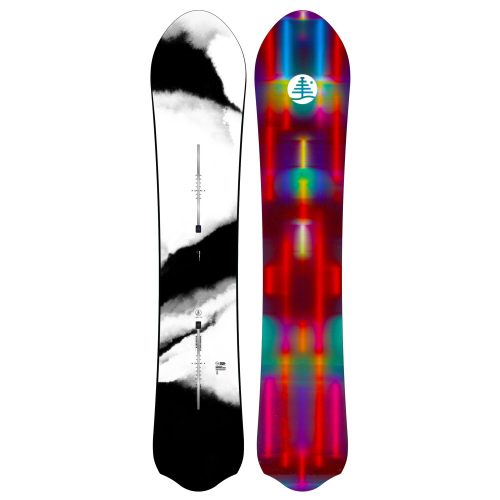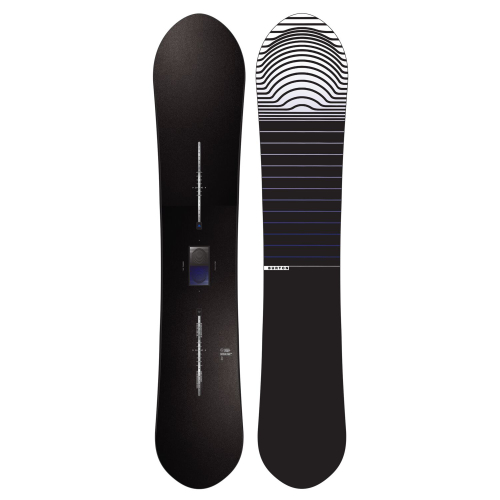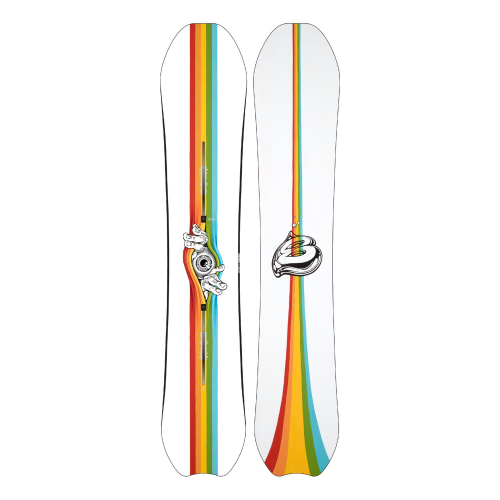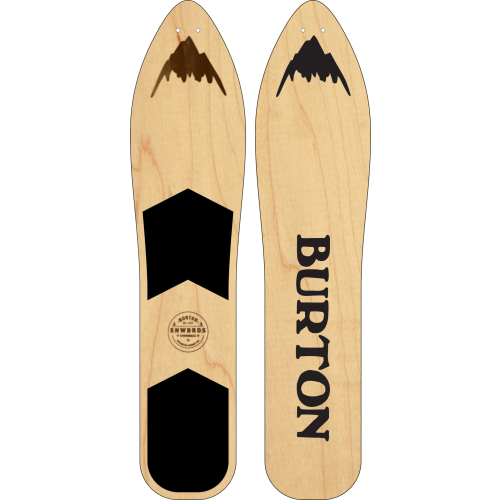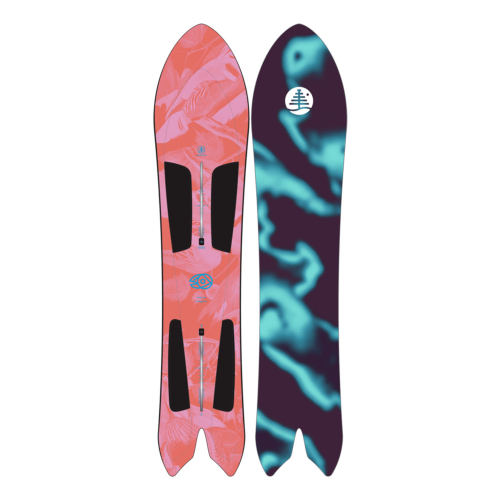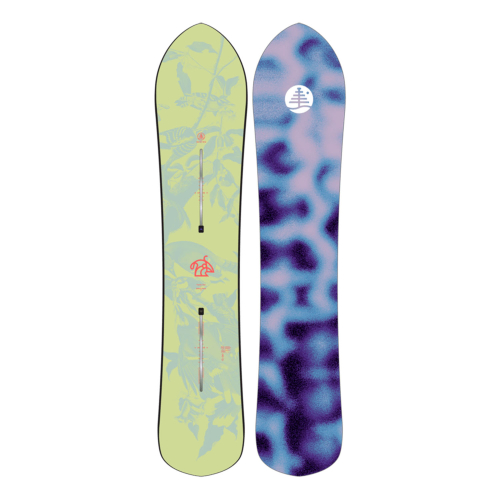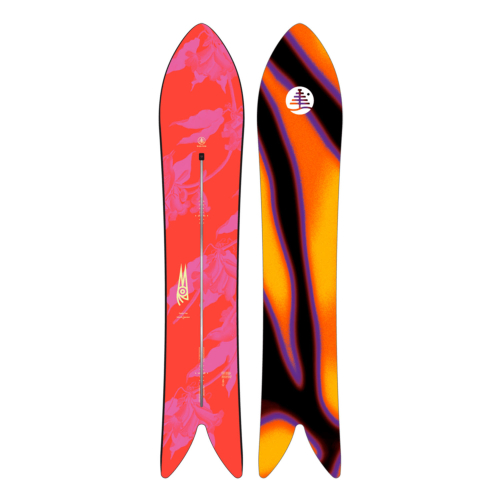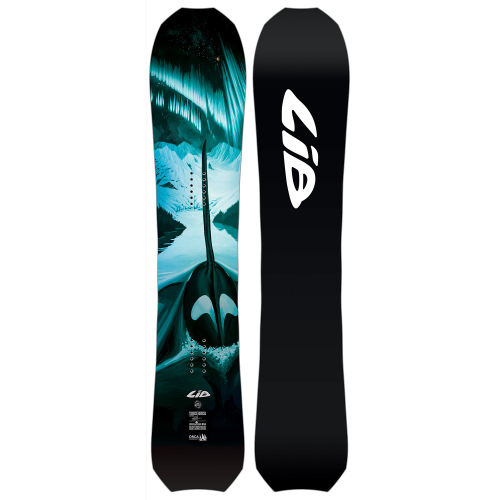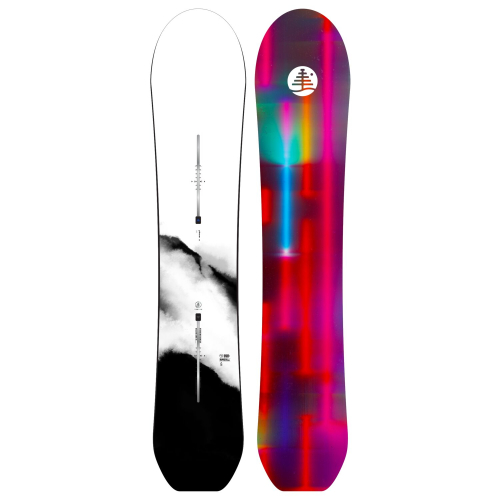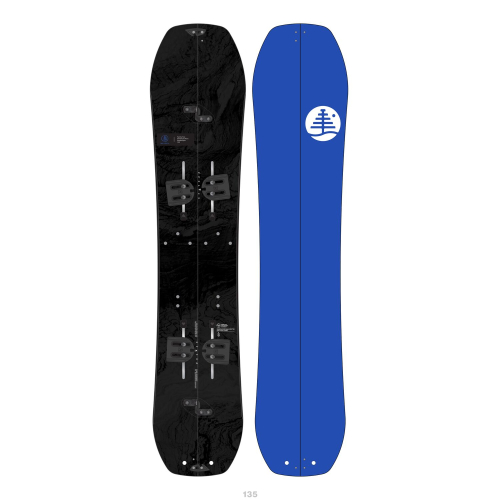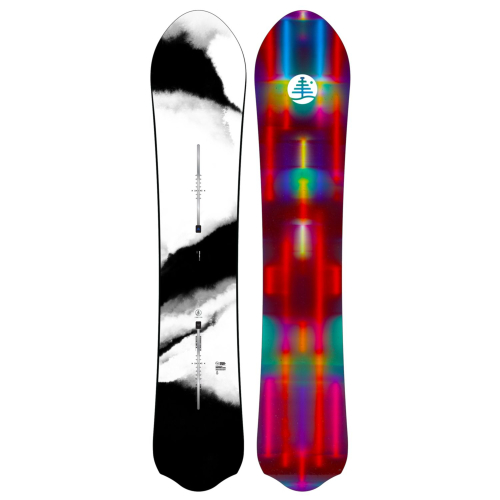Christmas before Christmas : -10% extra discount with the code NOEL10
- Splitboard Burton Family Tree Hometown Hero White ManAs low as €579.42 was €999.00
 Tailles disponibles : 146
Tailles disponibles : 146 - Splitboard Rossignol Xv Split With Tail Skin Grey ManAs low as €593.34 was €899.00
 Tailles disponibles : 156 159 162
Tailles disponibles : 156 159 162 - Splitboard Rossignol Xv Wide Split With Tail Skin Grey ManAs low as €593.34 was €899.00
 Tailles disponibles : 158 161
Tailles disponibles : 158 161 - Splitboard Rossignol After Hours Split Yellow WomenAs low as €495.00 was €750.00
 Tailles disponibles : 156
Tailles disponibles : 156 - Snowboard Burton 3D Family Tree Channel Surfer HommeAs low as €616.00 was €800.00
 Tailles disponibles : 144 150
Tailles disponibles : 144 150 -
Any questions ?
A real ski store
answers your questions - Snowboard Burton Family Tree Short Stop HommeAs low as €646.80 was €840.00
 Tailles disponibles : 150 156
Tailles disponibles : 150 156 - Burton Family Tree High Fidelity Snowboard for MenAs low as €539.00 was €700.00
 Tailles disponibles : 166
Tailles disponibles : 166 - Snowboard Burton Family Tree Alekesam HommeAs low as €485.10 was €630.00
 Tailles disponibles : 152W 140
Tailles disponibles : 152W 140 - Snowboard Burton Day Mystery Day Trader HommeAs low as €1,386.00 was €1,800.00
 Tailles disponibles : 150
Tailles disponibles : 150 -
-
- Planche de snowboard Burton Family Tree Hometown Hero SPL garçonAs low as €355.83 was €409.00
 Tailles disponibles : 140
Tailles disponibles : 140 - Planche de snowboard Burton 3D Family Tree Channel Surfer Flat Top SPL hommeAs low as €695.13 was €799.00
 Tailles disponibles : 144 150 156 162
Tailles disponibles : 144 150 156 162 - Planche de snowboard Burton Family Tree Sketch Artist Camber SPL hommeAs low as €634.23 was €729.00
 Tailles disponibles : 151 155
Tailles disponibles : 151 155 - Planche de snowboard Burton Family Tree Smooth Operator Camber SPL hommeAs low as €764.73 was €879.00
 Tailles disponibles : 152
Tailles disponibles : 152 -
- Planche de snowboard K2 Alchemist Gris HommeAs low as €689.08 was €749.00
 Tailles disponibles : 154 157 160
Tailles disponibles : 154 157 160 - Planche de snowboard K2 Commonwealth Blanc HommeAs low as €638.48 was €694.00
 Tailles disponibles : 149 151 154 157 163
Tailles disponibles : 149 151 154 157 163 -
- Planche de snowboard K2 Commonwealth Wide Blanc HommeAs low as €638.48 was €694.00
 Tailles disponibles : 154W 157W 162W
Tailles disponibles : 154W 157W 162W - Planche de snowboard K2 Skypilot Design HommeAs low as €551.08 was €599.00
 Tailles disponibles : 151 154 157 160 163
Tailles disponibles : 151 154 157 160 163 - Snowboard Burton Family Tree 3D Double Dog White Manwas €700.00 Special Price €644.00

- Snowboard Burton Family Tree Gril Master HommeAs low as €644.00 was €700.00
 Tailles disponibles : 140 145 150 155W
Tailles disponibles : 140 145 150 155W - Snowboard Burton Kids' Family Tree Hometown Hero Smalls Split BoyAs low as €920.00 was €1,000.00
 Tailles disponibles : 135
Tailles disponibles : 135 - Planche de Snowboard Burton SB Family Tree Alekesam Board Blanc HommeAs low as €578.68 was €629.00
 Tailles disponibles : 136
Tailles disponibles : 136
Freeride snowboard: guide and selection of the best models
Freeride snowboarding is an exhilarating discipline that allows riders to explore natural ungroomed terrain, far from marked trails. This practice offers total freedom, without predefined routes or strict rules, contrasting with the highly regulated style of traditional ski competitions. To fully enjoy freeride, it is essential to choose a board adapted to this type of terrain.
Characteristics of freeride snowboards
Freeride boards are specially designed for off-piste enthusiasts. They generally have a stiffer construction and are slightly longer than standard boards. This design provides better stability and increased power when riding on rough terrain. Additionally, their directional shape promotes excellent flotation in powder and optimal maneuverability on technical descents.
Selection of freeride snowboard models
Here is a selection of some freeride snowboard models that stand out for their performance and unique characteristics:
Burton Family Tree Alekesam Men’s
This model features a surf-inspired design, offering an exceptional all-mountain experience. Its innovative directional shape, designed in collaboration with the legend Selema Masekela, allows a smooth connection with the mountain, ideal for exploring diverse terrains with ease and style.
Jones Hovercraft 2.0 Brown Men’s
The new Hovercraft is a modern version of the classic alternative freeride shape, integrating advanced 3D shape technology and revolutionary recycled materials. Its new shape retains the floating nose, compact tail, and directional rocker profile, offering remarkable agility and stability. The 12 mm bevel in the nose facilitates quick turn initiation, while the 3D base enhances glide and accelerates speed in the tail.
Jones Stratos Black Men’s
The Stratos is a hybrid all-mountain board combining the body of a directional freeride board and the spirit of a freestyle board. It offers a playful feel thanks to a narrow sidecut line and friendly flex. The 10 mm taper and 3D Contour 3.0 base give it exceptional flotation and turning performance in powder.
Tips for choosing your freeride board
Choosing a freeride board depends on several factors, including your skill level, riding style, and the snow conditions you most often encounter. Here are some tips to help you in your selection:
- Flexibility: A stiffer board offers better stability at high speed and on rough terrain, while a softer board is more maneuverable and forgiving.
- Shape: Directional boards with a wider nose and narrower tail are ideal for freeride, offering better flotation in powder.
- Length: A board slightly longer than your usual size improves stability and lift in deep snow.
- Width: Make sure the board's width is adapted to your foot size to avoid dragging during turns.
Find a wide selection of equipment on our online store Snow Concept, specialist in ski, snowboard and accessories equipment.
For personalized advice, contact us (info line: 09.63.00.76.65 or via our contact form), our technical advisors will guide you in your ski purchase.





 SP
SP






